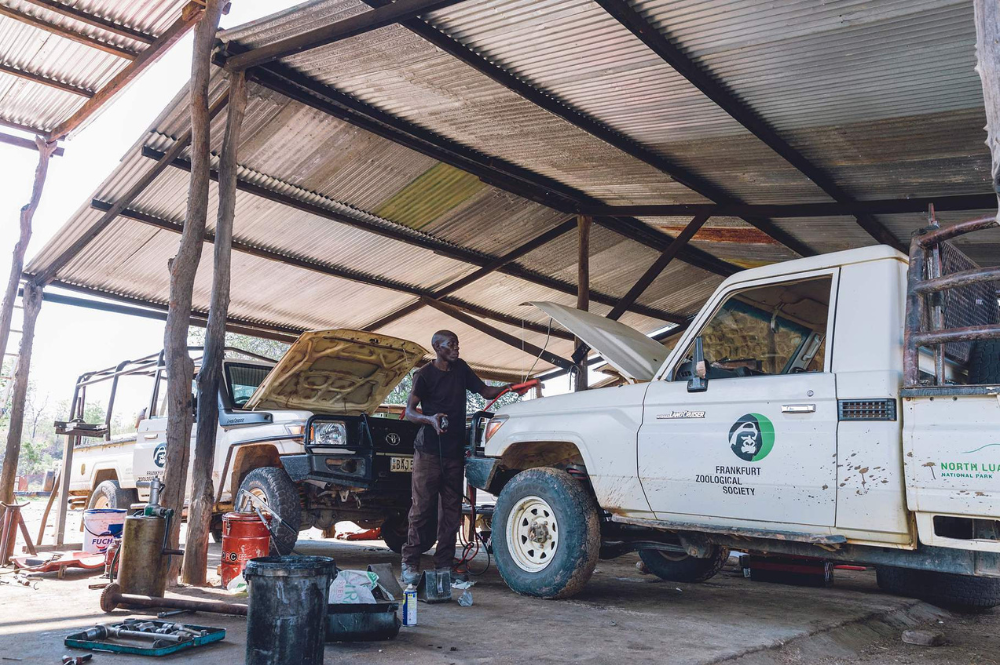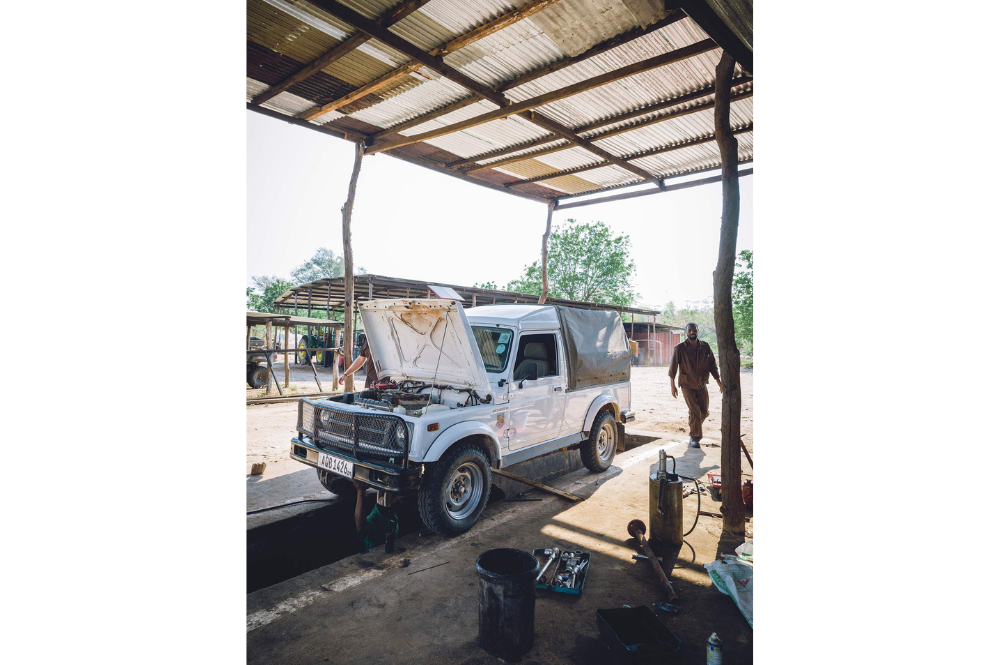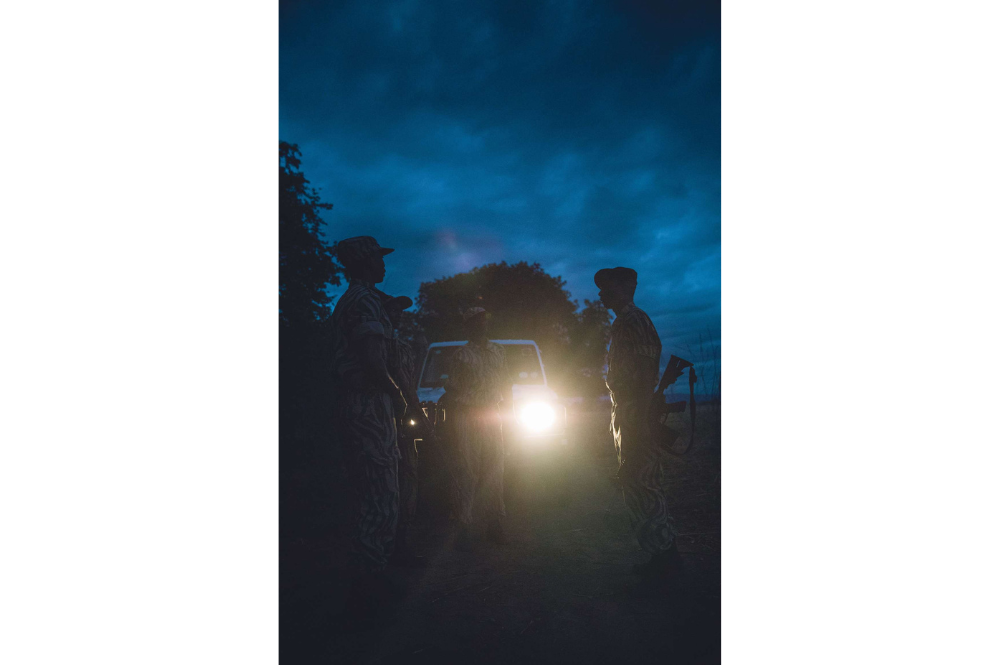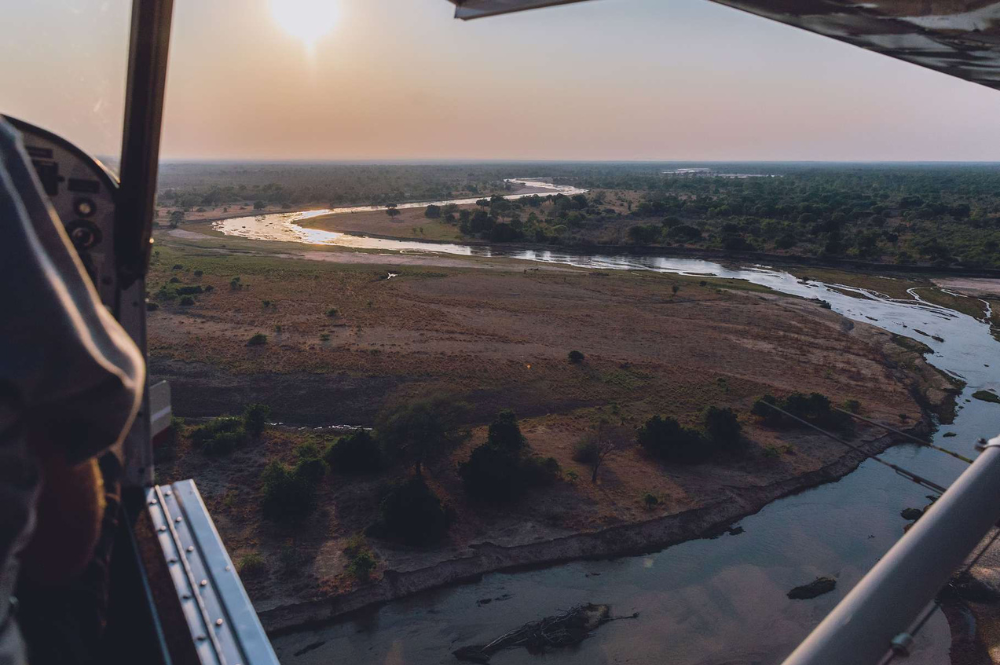Whilst there is an important and increasing push for energy generation through renewable sources, many of us still rely on traditional vehicle fuel like petrol or diesel to get from A to B. For conservationists in the wild landscapes of Africa and Asia, this reliance is little different, bar one thing: the location.
For the remotest and roughest of terrains, access to vehicle parts is difficult and so the need to keep to the classic and dependable 4×4, remains. Parts aside, ensuring these vehicles are mobile requires fuel. But, as many of us are well aware, the precarious nature of fuel prices can be tough. Recent years have seen prices become particularly volatile, from around 130p per litre in January 2020, to highs of 199p in June 2022 and then down to 144p in August 2024. Such big fluctuations have made providing core operational items for rhino teams even more challenging.
Take the North Luangwa National Park, a 4,636km² park located amidst a wider 22,000km² area of open savannah, mopane woodlands and the mighty Luangwa River known as the North Luangwa ecosystem. In addition to healthy populations of threatened species such as African savannah elephants, Southern lions and African wild dogs, here lives Zambia’s only population of black rhino. After becoming locally extinct by 1998 due to poaching, five rhinos were reintroduced in 2003, followed by other introductions and breeding that has seen numbers rise.
The success of the activities in the North Luangwa Conservation Programme (NLCP) speaks for itself: no rhinos have been poached since their reintroduction. Today, the growth rate of this black rhino population remains one of the highest in Africa.
Much of this success, however, hangs on the ability of NLCP’s Rhino Monitoring Units (RMU) to carry out vital monitoring patrols. This is not merely just a case of knowing where each animal is, but central to ensure the security of the rhinos can be strategically upheld across the Park. Using telemetry and transmitter technologies, RMUs track and monitor rhinos throughout the landscape, recording details on their whereabouts and body conditions, which are then shared to aid management decisions.
However, whilst the Rhino Conservation Area (RCA) covered by RMUs, at ~1,500km², is not nearly as vast as the wider Park – or indeed ecosystem – extensive distances must still be covered. And this is where vehicles are a crucial asset for ranger teams. Completing an average of 30,000km per vehicle per year, trucks are the workhorses that can drive through the bush, cross rivers and plough through sinking sand to get jobs done.
In 2024, the RMU was allocated 1,250 litres of diesel per month. At US ~$1.28 per litre (varying with the market), a month’s supply of diesel for the RMU costs around US $1,600. Add the necessary petrol to the mix and you’re looking at another US $400 each month.
Thanks to one grant from the Anna Merz Rhino Trust, six-months’ worth of vehicle fuel was already covered during 2024. As a result, the RMU carried out all its regular activities effectively, with teams rotating every 11th day using these vehicles. The Trust has since generously agreed to a second grant, which should cover all the RMU’s fuel needs for 2025. However, in addition, NLCP must also provide vehicle fuel allowances for the fencing and security units, helicopters, airplanes and much more to keep this vast landscape – and its rhinos – protected.
Within the RCA, the rhinos are ‘contained’ by a low electric fence (allowing other animals to move freely over or under the fence into the wider Park). However, on occasion, the RMU is needed to be deployed further afield if a rhino leaves the safety of the area. One young bull, Chilunda, managed to wander and settle 220km away. Vast resources were needed to transport teams to his location to keep him safe before he could be safely captured and brought back by helicopter.
Despite positive stories like Chilunda’s and the ongoing success of the NLCP, much remains at stake. Zambia was once home to the third-largest black rhino population in Africa. All were lost to poaching. Despite the zero rhino poaching rate since NLCP’s reintroductions, the country continues to emerge as a transit route for the illegal wildlife trade.
Thanks to donors like the Anna Merz Rhino Trust, the security and monitoring capacities necessary to counter this threat in North Luangwa can continue. Thank you.













